
Unit Report : Italian Air Force CAE - Multi Crew
Italian Air Force Multi-Engine Multi-Crew Pilot Training
The Centro Addestramento Equipaggi-Multi Crew (CAE-MC) at Pratica di Mare provides the final Phase of multi-engined aircraft flying training including the Multi-Crew Coordination course to the Italian Air Force pilots. Simone Marcato explains.
Introduction
Without doubt, one of top ranking Western air forces is the Aeronautica Militare Italiana (AMI - Italian Air Force), rich of history and traditions, and in this day and age committed to both national and international operations worldwide. To maintain high levels of efficiency and capability, the Italian Air Force (ItAF) demands well prepared and skilled pilots trained by a strong, efficient and well-organized training system from their entry to the Accademia Aeronautica as cadets to reaching the flying unit of their first operational assignment.
In the past two decades, the ItAF has invested heavily to improve the efficiency of the flying training process. The two major challenges are continuously finding ways to optimize its use of available resources, whether human, financial or material resources, all of which were widely cut back after the end of Cold War, and delivering a "final product", the pilot, which is able to meet current day demands in terms of capabilities, skills, and is prepared to fly operations in national and international contexts.
Since July 2008, following the deep and complex reorganization of the previous two Training Commands, the ItAF finally saw the creation of a single new command named Comando delle Scuole dell’A.M./3^ Regione Aerea (CSAM/3^RA), which literally translates to "Command of the Schools of the ItAF/3rd Air Region". Head-quartered in Bari Palese the new structure has all of the ItAF Flying Schools under the command.
With this reorganization the pilot training process was revised also. After completion of all courses and exams at the Air Force Academy, the cadets selected to become pilots will go through the training process in the following phases.
The first Phase is the "ab-initio" pilot training (Phase 1) on the SF-260EA with 70° Stormo at Latina Air Base. Pilots will in Phase 2 continue their training on the MB-339A jet trainer with 61° Stormo at Lecce-Galatina Air Base. After successfully completing Phase 2, before starting Phase 3, the students are screened and selected to for their future roles: fly combat aircraft, transport aircraft, or helicopters.
The pilots selected for transport units equipped with multi-engine, multi-crew aircraft will complete their Phase 3 training at the Centro Addestramento Equipaggi-Multi Crew (CAE-MC) or in English "Crew Training Centre - Multi Crew" to complete their pilot training syllabus.
CAE-MC: Structure and Aircraft
CAE-MC is the ItAF advanced flying school for all pilots who will be assigned to multi-engine and multi-crew aircraft with the transport component or support squadrons of the ItAF, and also with the other Italian government aviation arms. Upon completion of the training syllabus, the pilots receive their military flying license, Brevetto di Pilota Militare (BPM) or Brevetto Militare di Pilota (BMP).
The CAE-MC is based at the large air base of Pratica di Mare, located 25km south of Rome, close to the Tyrrhenian Sea. The CAE-MC is the sole ItAF flying school that doesn't have the status of Stormo (Wing). Because of this status, even though hierarchically placed under the command of the CSAM/3° RA as of December 2013, the CAE-MC depends on the 14° Stormo with regards to all logistical aspects; maintenance and availability of the aircraft, air base services, etc.
Compared with the other ItAF flying schools, the CAE-MC does not have a long history, in fact it was established in 2009 with the initial focus on converting pilots coming from single-seat aircraft (such as fighters) to multi-engine aircraft, besides administering the MCC (Multi Crew Cooperation) courses for the pilots of the Italian Air Force, Navy, Army and the other Italian government arms (Vigili del Fuoco, Carabinieri, Polizia) with aviation assets.
Command of the CAE-MC is in the hands of Colonel Livio G. assisted by the command office and the flight security office. Under the command structure is the operational group consisting of two flying squadrons: the reconstituted 204° Gruppo (which is divided into two flights 415 and 416), and the GIP (Gruppo Istruzione Professionale - Vocational Instruction Squadron) tasked with training of instructors, and administering both the "Ground School" and Multi Crew Cooperation (MCC) courses.
To become flying instructor at CAE-MC the pilot needs to complete 50 hours of training, starting with a first Phase composed of theoretical lessons, simulator missions and real flight to achieve P-180 currency and then a second Phase dedicated to qualification as instructor, in all the aspect of multi-crew pilot training. All the instructors are qualified in conducting the MCC courses.
Commander Colonel Livio G. commented: "Our instructor pilots are selected by the operational units and this key factor gives us the opportunity to improve the level of training with feedback based on experience acquired in operational theatres (for example, think of Middle East or Afghanistan operations)".
The current workhorse of the CAE-MC is the twin turboprop engine P-180 Avanti I executive transport aircraft. This is the original version of the Piaggio P-180 with partially digital cockpit, known as VC-180A in Italian military service. Eight P-180 aircraft are assigned to the CAE-MC. The satisfaction about this aircraft with the engines mounted in pusher configuration is high. Commander of CAE Col. Livio G. stated: "The P-180 proved to be a great trainer because it offers the flight performance of a turbofan aircraft with the economy of turboprop engine aircraft. Its avionics are adequate for our training missions, and its endurance is very high thanks to its good fuel efficiency".
The Training Syllabus
Since the end of 2016, with the introduction of three T-2006A aircraft (ItAF designation for the Tecnam P2006T) at 70° Stormo in Latina the training syllabus has been slightly changed. Pilots who upon completion of Phase 2 at Lecce-Galatina are selected to fly multi-engined aircraft return to 70° Stormo for an initial preparatory Phase (called Phase 3A) on the twin-engined T-2006A before completing the Phase 3 training on the P-180 at the CAE-MC.
Along with the introduction of the three T-2006A, a dedicated Tecnam T-2006 simulator was introduced and now about 30 hours of Phase 3A are performed on the T-2006 simulator, alongside the theoretical courses and flying the real aircraft. Even though this training process is still new, the benefits of introducing the T-2006 and Phase 3A for multi-engine training are evident and improvements are still ongoing.
After Phase 3A at Latina has been completed, the trainee pilots reach the CAE-MC in Pratica di Mare, beginning the Phase 3B training. Only after passing all exams of Phase 3B they become air force pilots and receive their BPM license.
At the CAE-MC, Phase 3B is intensive and very challenging and has a duration of about one year, during which the trainees normally follow a training path composed of theoretical classes, training flights on the simulator and of course on the P-180 for real. During training both VFR and IFR navigation flights, low altitude flying, and formation flying are performed. Some training flights include foreign civil airports to increase familiarity with international approach procedures and navigation on commercial routes, so the pilots can also obtain their Commercial Pilot License – CPL (A) IR. or ATPL (Airline Transport Pilot License) upon completion of Phase 3B.
The Multi Crew Cooperation (MCC) course's practical lessons are carried out on the simulator. The two-week MCC course by the CAE-MC uses the Alsim ALX qualified FNPT II MCC simulator, which can simulate both generic twin propeller engine and twin turbofan aircraft and can faithfully reproduce an aircraft’s navigation systems suite. The software provides realistic scenarios, technical operational issues in any weather condition, special operations approach, and good/low visibility approaches to the world’s major airports with both normal and emergency situations. This allows the trainees to develop decision making and leadership in a flight crew setting in complex and changing scenarios, all with the aim to capture, increase and consolidate the capacities needed to fly transport aircraft missions, while maximizing the resources available in the cockpit (Crew Resource Management-C.R.M.), improve safety and mission effectiveness.
The MCC course and the training system used by ItAF is recognized by the Ente Nazionale Aviazione Civile (ENAC, the Italian national civil aviation authority) following the agreement between the two institutions for equating military pilot licenses to commercial aircraft or helicopter pilot certificates. Moreover, this agreement means that the ItAF training of pilots adheres in full to European standards for licensing and is in accordance with international civilian rules dictated by the EASA-European Aviation Safety Agency.
After gaining the BPM at the CAE-MC, the Italian pilots will perform vital missions, such as emergency medical transportation, tactical and strategic transportation operations, aerial refueling, maritime patrol, VIP transport of the Italian Republic officials, and flights for civil protection. The multi-engine multi-crew aircraft flown by these pilots can be the KC-767A, C-130J, C-27J, P-180 or the VIP aircraft such as the A319, A340 and Dassault Falcon types.
The MCC courses are not exclusively for the transport aircraft pilots, they are also necessary for helicopter pilots and for this reason are also performed in collaboration with 72° Stormo (the ItAF helicopter school) and available to other government aviation corps.
In case of training agreement between the ItAF and another Air Force, the CAE-MC can also train foreign military pilots which have been assigned to fly transport aircraft in their national armed forces.
Conclusion
Despite that the CAE-MC was instituted not that long ago, its ambitions are very high. Colonel Livio G. explained: "The human factor, combined with the preparation of the instructors and all staff and, as I said, with the excellent characteristics of the P-180, is allowing us to better carry out our task. Our target is to try to become the best European flight school dedicated to pilot training for multi crew aircraft".
Acknowledgement
The Autor would thank the Commander of CAE-MC, along with its staff and instructor pilots. In particular, heartfelt thanks to Capt. Marco B. and Sgt. Paola O.
Report by Simone Marcato. . Photos by Simone Marcato ( view portfolio ) and others as stated.
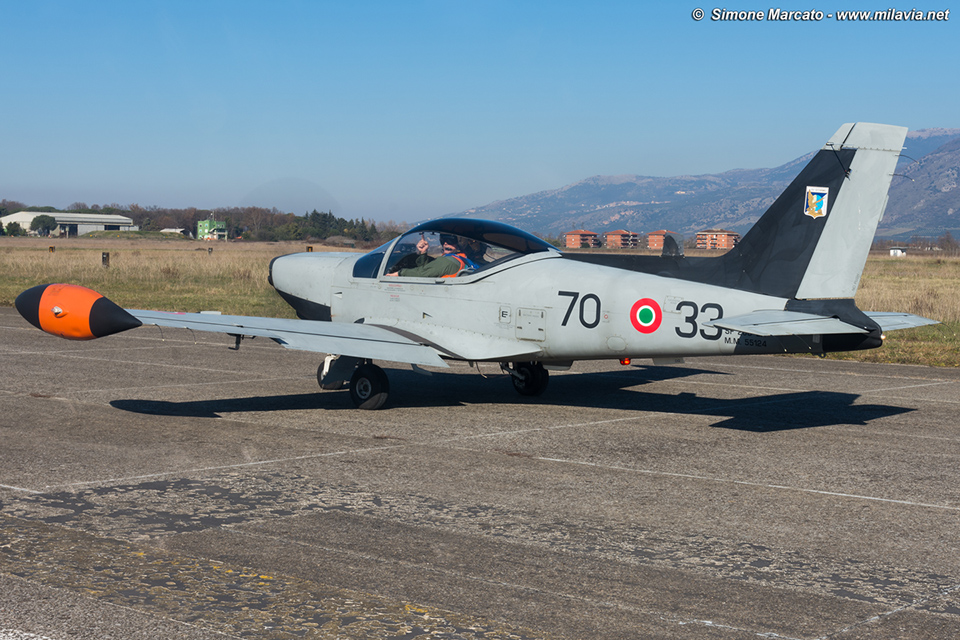
Phase 1 pilot training: 70° Stormo T-260A (SIAI-Marchetti SF.260EA) basic trainer at Latina air base. Photo copyright Simone Marcato
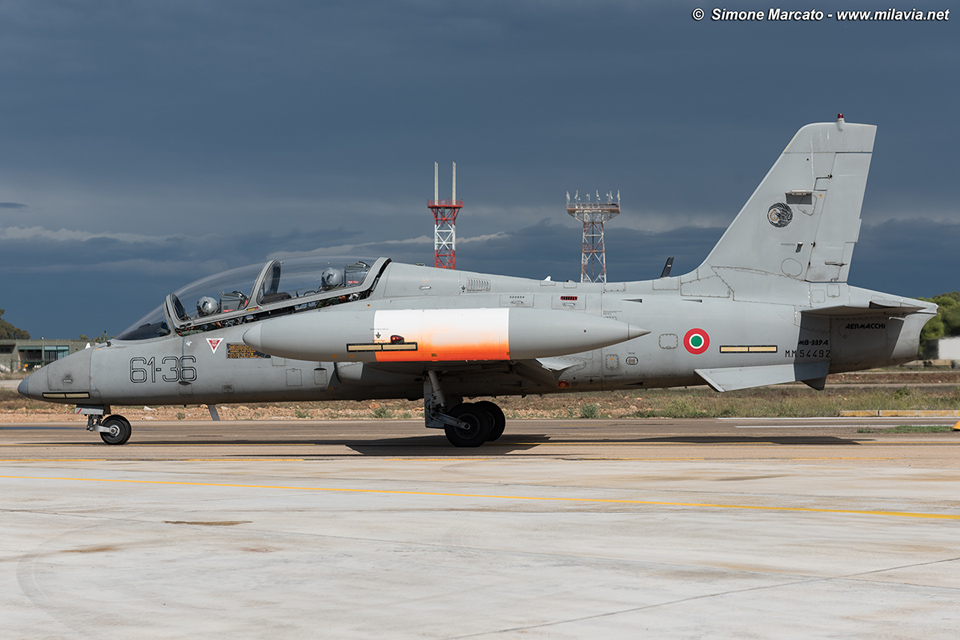
Phase 2 pilot training: 61° Stormo T-339A (Aermacchi MB-339A) jet trainer at Lecce-Galatina air base. Photo copyright Simone Marcato
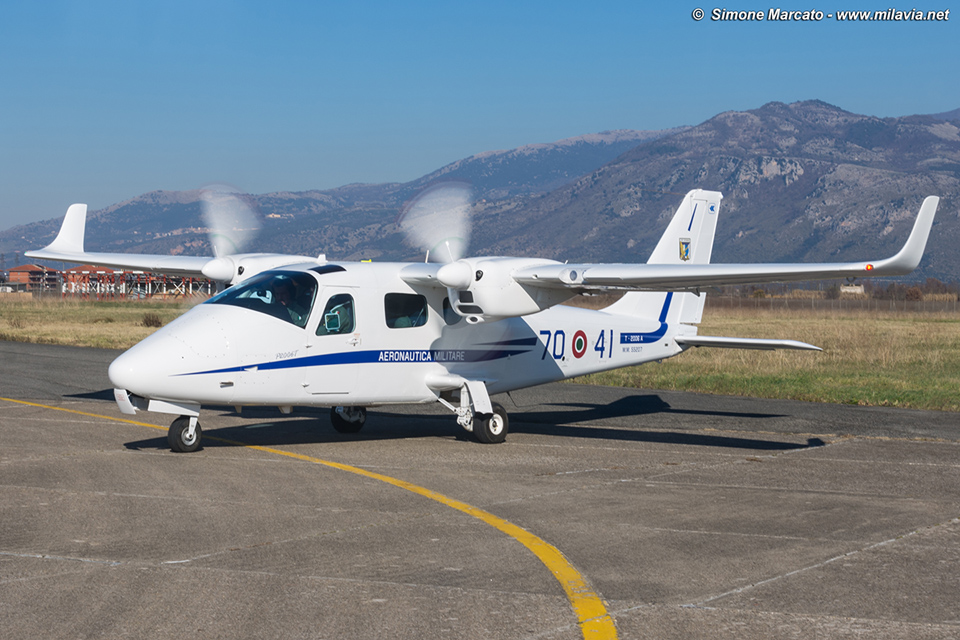
Phase 3A pilot training: 70° Stormo T-2006A (Tecnam P2006T) twin-engined trainer at Latina air base. Photo copyright Simone Marcato
Last Modified: 31 July 2017
Update log:
31 July 2017 Minor edit
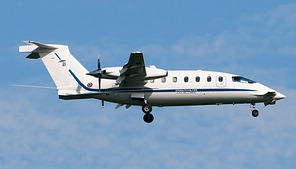
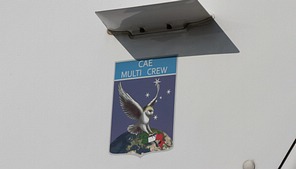
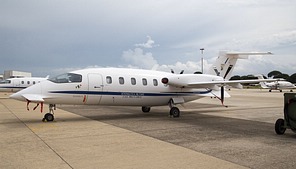
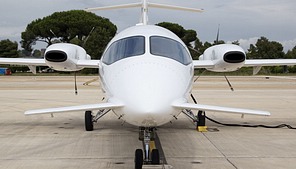


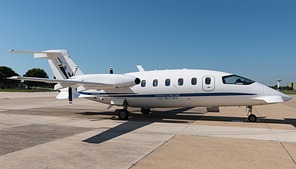
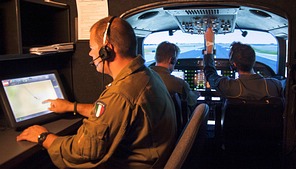




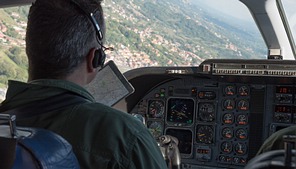
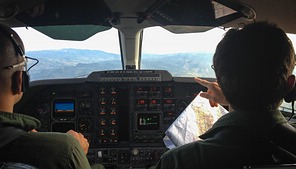
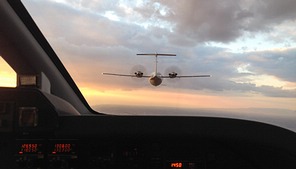

 Back to Index
Back to Index